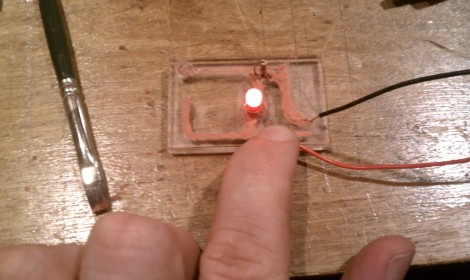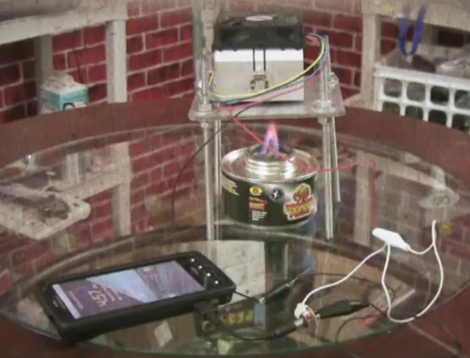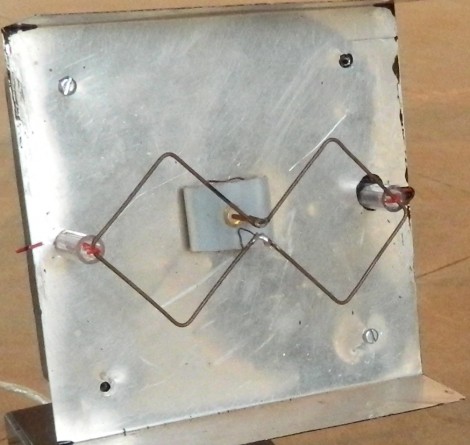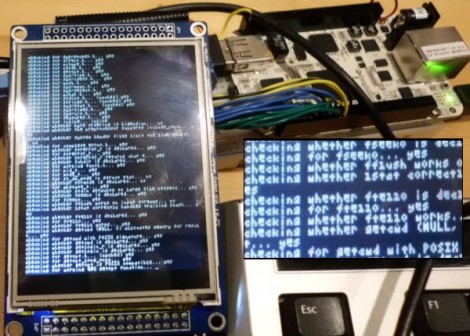There isn’t a hacker out there that isn’t interested at least a little bit in the prospect of building a mission specific rocket to explode someone off the face of the planet… without killing them. We got a tiny taste of what is coming when they let us watch their engine test a few weeks ago. Tomorrow, May 19th, they are going to broadcast a launch live! You can watch it on their site beginning at 1:15 AM pacific. For some additional insight, you can also read the tweets of [Elon Musk], the founder of spaceX during the event.
Take a few minutes and enjoy the video below that discusses the program and some of the engineering obstacles they’ve had to overcome.
[via BoingBoing]
Continue reading “Reminder: SpaceX Launch Tomorrow. Watch It Live!”

















